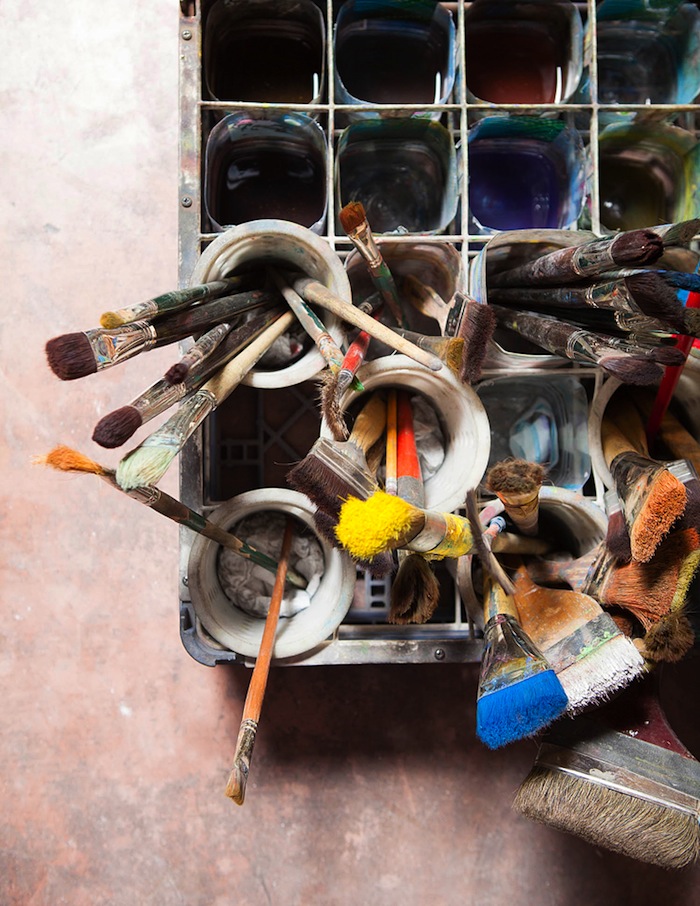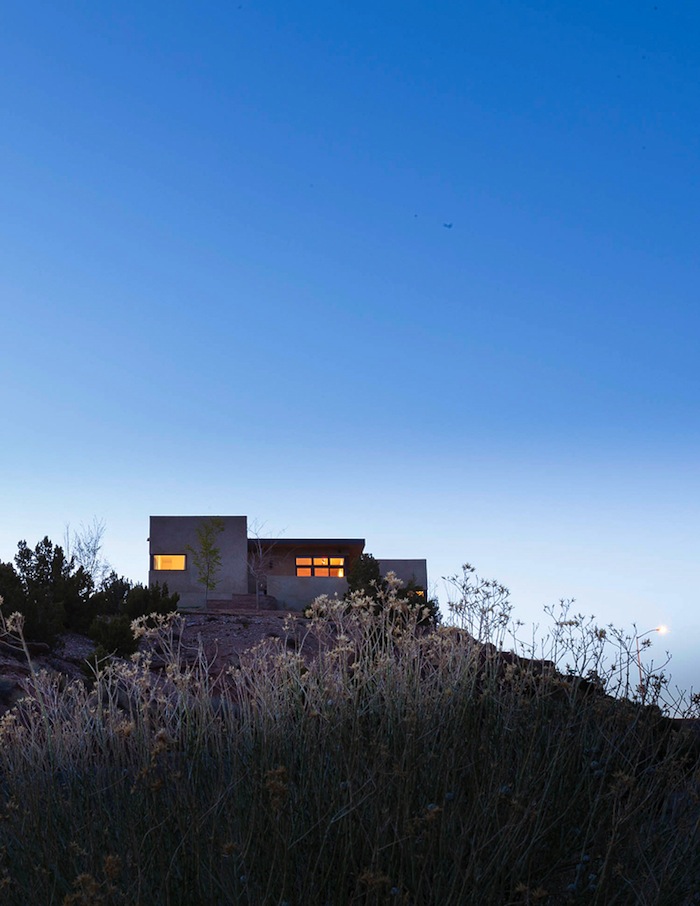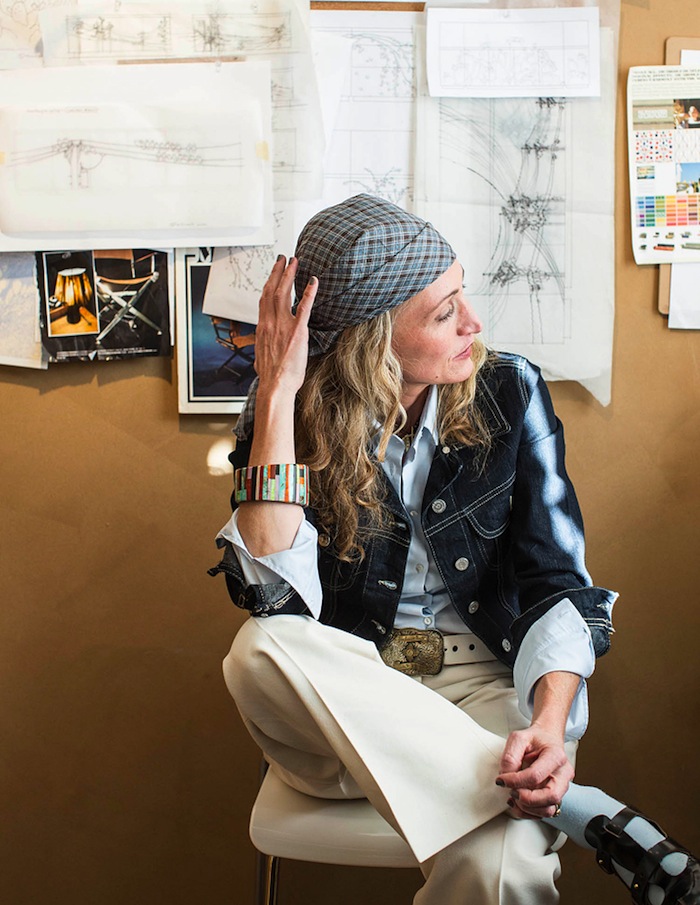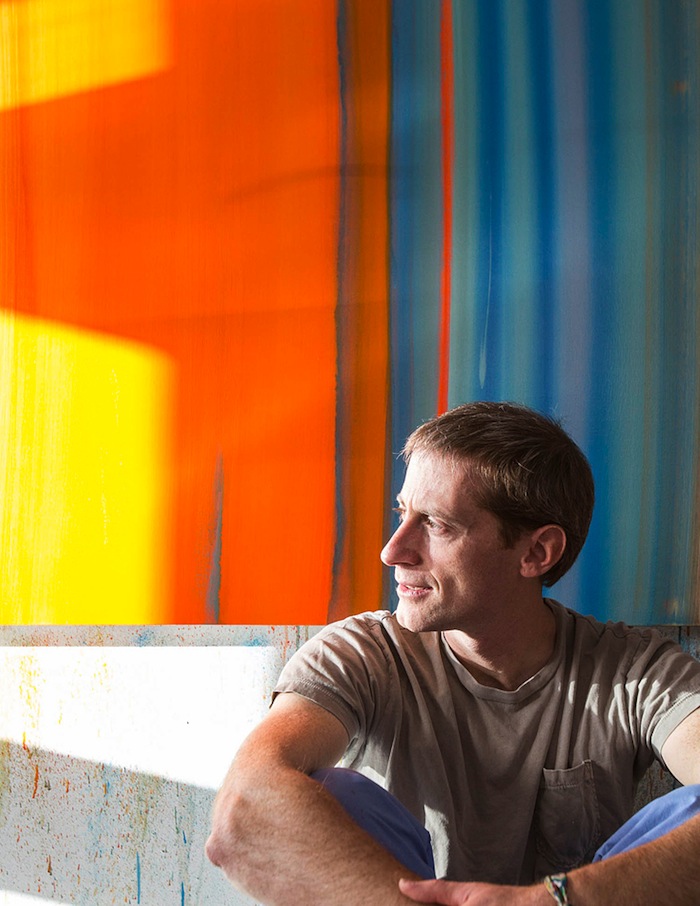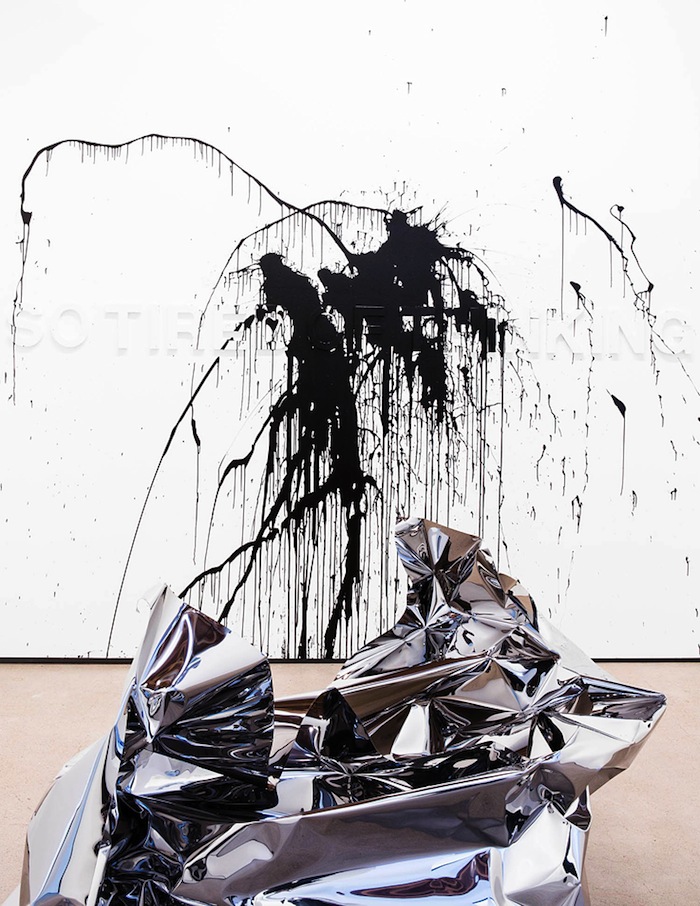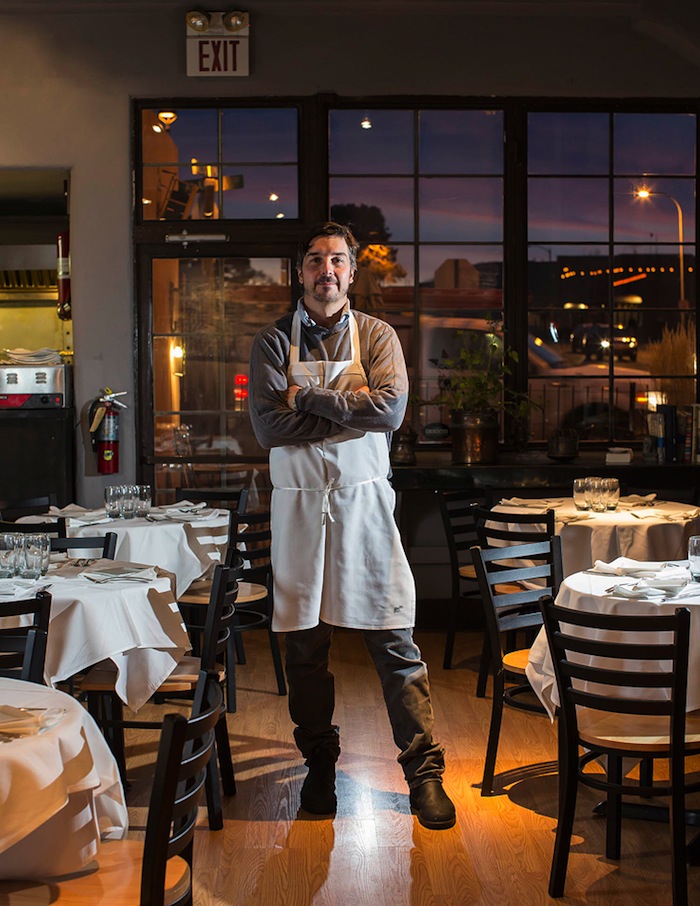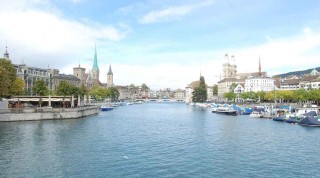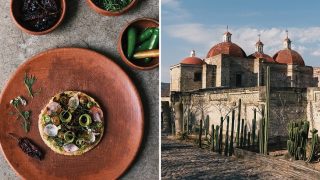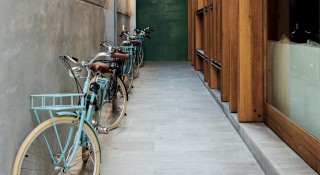One thing about Santa Fe that can’t be overstated is its intimacy. Despite having the international reputation and influence of a much larger city, it’s a place where you can’t go out for dinner without bumping into someone you know.
At least, that’s the feeling I had as I left the Museum of Art a few days earlier and passed a fresco in the courtyard by Frederico Vigil, who has been called the Michelangelo of New Mexico. I met Vigil a year ago in Albuquerque, New Mexico’s largest city, where the 66-year-old was finishing a decade-long fresco project that fills the inside of a 14-meter-tall tower at the National Hispanic Cultural Center. I call him to chat, and he’s quick to credit his birthplace, Santa Fe, for his success. “If the Santa Fe Council for the Arts hadn’t given me a fellowship,” he says, “I never would have made frescoes.” That includes a dozen wall-size works across Santa Fe, including the one in the museum, titled Exodus, which depicts a wave of Spanish immigrants pouring toward two Native Americans surrounded by signs of New World bounty: pumpkins, maize, beehive ovens. “You start with two cultures and eventually end with a blend of both,” curator Ellen Zieselman says of the work.
Notwithstanding food and architecture—and even writing—there’s an undeniable romance and import to painting, which is why I take a friend’s advice and contact Willy Bo Richardson, a rising star in contemporary art. “Come over to the studio and we can talk,” he replies when I e-mail him. Unlike New York, in Santa Fe there is a generosity of space and time.
Richardson, 38, lives in a diminutive adobe with his wife, Kim, and five-year-old-daughter, Audrey, and he paints in a bright, cramped attached garage that he’s converted to a studio. Though he’s shown in galleries from New York to London and sells paintings for more than most people spend on a car, Rich-ardson is boyish, friendly, demure. His biography is startlingly similar to Emily Henry’s: his parents moved to New Mexico in the ’60s and raised him on a commune; he moved to the East Coast to make his name (New York in this case), but returned to Santa Fe because he simply couldn’t stay away.
“People come here for the light and the space. It’s a good place to work out ideas and to think,” he says when we meet. He tells me that he couldn’t produce the works he does if he didn’t live in New Mexico. “Coming from New York, you fill yourself up with information. This is a good place to actually look at that information and let it settle in.”
It’s a side of Santa Fe that I take for granted. Cocoa-brown hills stippled by dark-green piñon trees loom east of town, while to the west scraggly empty desert rolls off as far as you can see. The landscape is sublime, but it’s the emptiness that’s truly affecting. The forever-blue emerald sky is so wide and open that sometimes it feels like it could swallow you. On nights that I write into the silent hours, when I’m at a loss for words, just walking out into the desert and sitting a while beneath the stars can free up my mind and help me find my voice. It seems like a small thing—but I realize now how powerful this place can be. Richardson adds, “You can’t live here without grappling with this incredible, vast expanse.”
Richardson paints wall-size canvases in fluid, vertical strokes of bold color. He shows me an orange and blue diptych, and you can feel Santa Fe’s spaciousness in the movement of the paint as well as the town’s struggling influences and incongruities in the contrasting tones. The painting, one in a series called Music To Drive To, is nothing like Vigil’s Exodus. And yet the two live side-by-side and somehow manage to blend under the wide umbrella of Santa Fe art.



